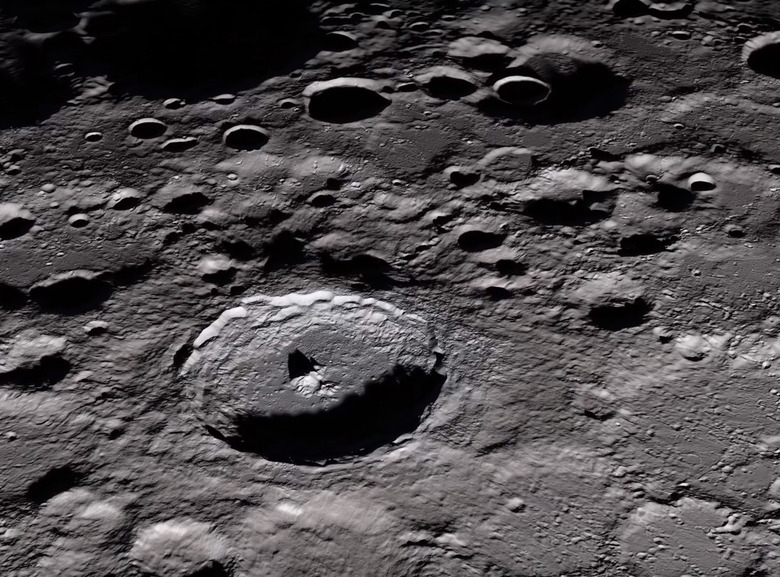NASA Wants Your Help To Film And Produce Its Artemis Mission Stories
- NASA is asking for proposals from individuals, groups, or companies that can provide systems, hardware, or software that will make its Moon missions look better than ever.
- The US space agency wants to document every step of the Artemis missions, and it needs help doing so.
- The missions are slated to begin in 2023, but you'll need to get your proposal in by December 11th if you want a shot at scoring the gig.
NASA has been doing a pretty good job of hyping up its soon-to-be-launched Artemis. missions to the Moon. The space agency has spoken at length about the upcoming missions and hopes to drum up public and political support for its goals, and secure some much-needed funding in the process. Of course, NASA is a scientific organization, and it can't run a state-of-the-art production company as a side gig, so it needs your help to make its Artemis missions look at awesome as possible.
To that end, NASA put out a call for "new partners to help tell the story of human exploration at the Moon with the Artemis program in ways that engage, excite, and inspire a worldwide audience." Sound easy? Well, then send NASA your proposal.
NASA loves big flashy productions that show how awesome they are at doing what they do. That's understandable, since the agency does some pretty incredible thing, but you're going to have to be equally skilled at what you do if you want to score a deal with NASA.
"We're looking for partners to use advanced technologies, imagery applications, and approaches that will go beyond our standard coverage on NASA TV," NASA Administrator Jim Bridenstine said in a statement. "We want to capture the awe of Apollo for a new generation – the Artemis Generation. Just as people were glued to the TV 50 years ago as astronauts took the first steps on the Moon, we want to bring people along in this new era of exploration."
But how might a person, group, or company help NASA with its documentary goals? Well, NASA has some examples that sound, well, pretty straightforward if we're being honest:
Examples could include hardware such as 360-degree field-of-view camera systems, virtual reality, advanced imagery compression to improve image quality over limited bandwidth communication links; unique storytelling and distribution methods, 4K and Ultra HD camera systems, robotic "third-person" views, crew handheld camera systems, image stabilization, small portable cameras, or other concepts that provide more engaging imagery or deliver a custom viewer experience.
Okay, okay, so maybe a robotic camera system is a little bit too advanced for your everyday Tiktoker, but sometimes the best ideas come from individuals and small groups. If you feel like you could help, you can send your proposal to NASA and see if they like it. Entries for the proposals will close on December 11th, 2020.
